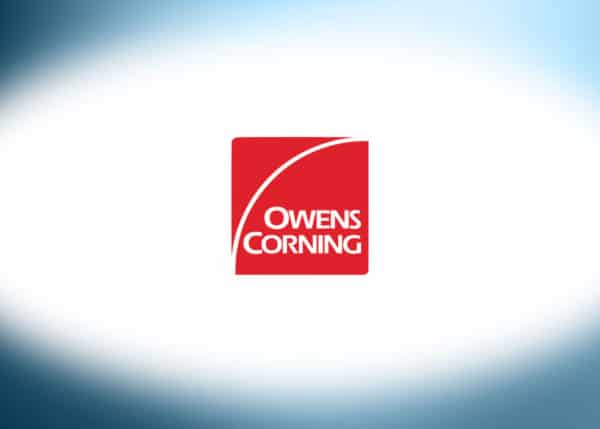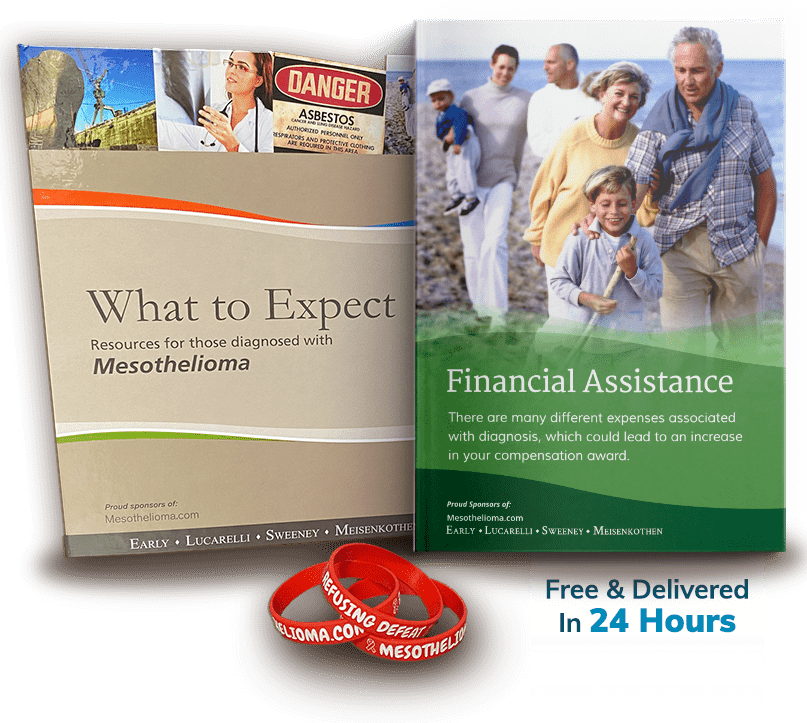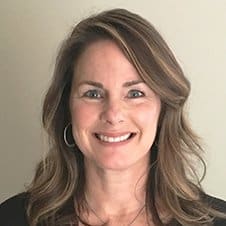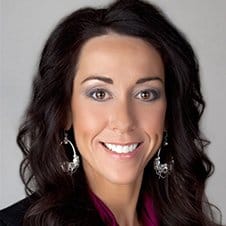01. History of Asbestos Use
Owens Corning/Fibreboard Corporation History of Asbestos Use
Owens Corning began after a failedOwens-Illinoisexperiment. The company was attempting to find ways to melt glass rods. While not successful in their initial mission, the Owens-Illinois scientist created a very fine glass fiber. These glass fibers sparked a joint project between Owens-Illinois and Corning Glass Works.
欧文斯科宁非常成功,到1949年欧文斯-Illinois and Corning Glass Works were accused of monopolizing the fiberglass market. As a result, the two parent companies were forced to relinquish control of Owens Corning. The company went public in 1952.
It was around this time that Owens Corning began usingasbestosin its products. These asbestos-containing products were produced at Owens Corning plants in:
Owens Corning opened its Santa Clara, CA facility in 1949 before further expanding into California in early 1972. The additional factory in Bakersfield may have also briefly used asbestos prior to Owens Corning ending all asbestos use that same year.
Owens Corning prospered in the 1970s and 1980s. They enjoyed market share in not only the fiberglass building materials space they started in, but also ventured into other areas, like aerospace. This prosperity was in part due to their marketing strategies. They used the Pink Panther cartoon in their advertisements and even trademarked the color pink, the first time a company has trademarked a color.
However, their success didn’t last forever. In 1986, Owens Corning had insurmountable debt from overspending in research. By 1990, they were forced to borrow billions of dollars and restructure the company. As the company was working through restructuring, including massive layoffs and shuttering of plants across the country, Owens Corning also began seeing the consequences of their asbestos use. The company was named in numerousasbestos-related lawsuitsstemming from their nearly 20 years of asbestos use.
Owens Corning acquired Fibreboard Corporation in 1997. The company is also known to have produced asbestos-containing products.
In 1997, in the midst of asbestos litigation, Owens Corning acquired Fibreboard Corporation. At the time, the company was a leader invinyl siding and other building materials. Fibreboard Corporation also had a history of asbestos use, which resulted in further asbestos claims against Owens Corning.
Despite its economic struggles for some time, the company has since continued to grow as a major player in the building materials market. The company no longer uses asbestos fibers in its products, though continues to see repercussions from past asbestos use. In 2018, Owens Corning consolidated net sales were more than $7.1 billion.
Resources for Mesothelioma Patients
02. Asbestos Products
Owens Corning/Fibreboard Corporation Asbestos Products
Owens Corning usedasbestos in their products从1953年到1972年。在这段时间里,伴随矩阵y labeled these asbestos-containing products as “non-toxic.” However, other companies and researchers had already discovered and made it known that asbestos was a toxic mineral. Unfortunately, many manufacturers, including Owens Corning, ignored such warnings and added asbestos to their products to increase their durability and heat- and fire-resistance. Asbestos-containing products made by Owens Corning included insulation, cement and adhesive, among others.
Upon acquiring Fibreboard Corporation in 1997, Owens Corning also took on liability for the company’s past asbestos use. Fibreboard Corporation included asbestos fibers in the production of its flooring and insulation. The Fibreboard Corporation asbestos-containing products were marketed under the name, PABCO.
| Product Name | Start Year | End Year |
|---|---|---|
| Fibreboard Caltemp (or Caltherm) Pipe Covering | 1952 | 1968 |
| Fibreboard Pabco Pipe Covering | 1941 | 1971 |
| Fibreboard Plant Pipe Covering | ||
| Fibreboard Prasco Pipe Covering | 1928 | 1957 |
| Fibreboard Super Caltemp Pipe Covering | Late 1960s | 1971 |
| 85% Magnesia Block, Pipe-covering and Thermal Insulation | 1928 | 1966 |
| FI Thermal Insulating Cement | 1963 | 1966 |
| No. 127 Thermal Insulating Cement | 1966 | 1971 |
| Aircell or Asbestos Paper Insulation | 1948 | |
| Pebco Floron Floor Covering | 1952 | 1954 |
| Colorok, Stormlap, Pabflex and Stonite Asbestos Cement Products | 1948 | 1963 |
| Alumishield Roof Paint | 1946 | 1968 |
| Gripdeck Floor Coating | 1942 | 1968 |
| Asphalt-Saturated Felts or Roll Roofing | Sporadically from 1920 | 1968 |
| Caulking Compounds, Plastic Cements, Roof Coatings | 1968 | |
| Flamecurb Gypsum Board | 1951 | 1960 |
| Gypsum Board and Lath | A few months in 1954 | |
| Asbestofelt(生产的前身) | 1948 | |
| Insulating Tape | 1940s | |
| Gaskets, Packings (manufactured by a predecessor) | 1948 |
03. Occupational Exposure
Owens Corning/Fibreboard Corporation and Occupational Exposure
The popularity of Owens Corning products sky-rocketed as soon as they hit the market in 1938. This demand for their goods not only required a large staff, but led to their asbestos-containing products being used nationwide.
Those who worked for Owens Corning from 1953 – 1972 may have beenexposed to asbestos while on the job. Construction workers, insulators andmilitary personnel, among others, may have also been exposed to Owens Corning asbestos-containing products on jobsites across the country.
By the 1980s, when the asbestos boom was starting to taper, Owens Corning employed nearly 30,000 people, all of whom may have been exposed to asbestos. Today, Owens Corning employs 18,000 people worldwide.
04. Asbestos Litigation
Asbestos Litigation Against Owens Corning/Fibreboard Corporation
By 1990, the number of asbestos-related lawsuits against Owens Corning had ballooned to more than 84,000.
Owens Corning leadership maintains that it sold no more than 1% of all asbestos-related products. However, the company’s asbestos use has been found to have causedasbestos-related diseasesin thousands of people.
The first asbestos-related lawsuit was filed against Owens Corning in 1978. The landmark case was brought by two individuals diagnosed withasbestosis. The workers filed theclass action lawsuiton behalf of more than 5,000 other workers who were also exposed to Owens Corning asbestos-containing products. The case resulted in huge settlement payouts for the claimants. Most notably, the threeNew York asbestos victimsin the case were awarded $18 million each.
In 1996, Owens Corning attempted to mitigate their mounting debt by contesting one-third of the asbestos claims filed against them. However, by 2000, Owens Corning/Fibreboard Corporation was driven to bankruptcy by the 243,000 asbestos-related claims they faced.
05. Asbestos Trust Fund
Owens Corning/Fibreboard Corporation Asbestos Trust Fund
The current payment percentage for successful claims against Owens Corning is 7.8%. The payment percentage for Fibreboard Corporation is 6.7%.
Owens Corning/Fibreboard Corporation filed for bankruptcy in October 2000 due to the extensive cost of asbestos litigation. This filing required them to set aside funds to form the Owens Corning/Fibreboard Corporation Asbestos Personal Injury Trust. The trust began accepting claims on August 27, 2007, and was initially funded with $1.56 billion.
Allasbestos trust fundsare set up to pay a set percentage of each successful claim made against it. This process ensures that all future claimants will have equal access to funds. However, a higher payout than the base payment percentage is possible based on a number of factors, including but not limited to, age, exposure, type and firm settlement history.
Within the first two years that the Owens Corning/Fibreboard Corporation Asbestos Personal Injury Trust was operational, it paid more than $360 million to asbestos victims. The trust continues to accept claims and pay out funds today.




